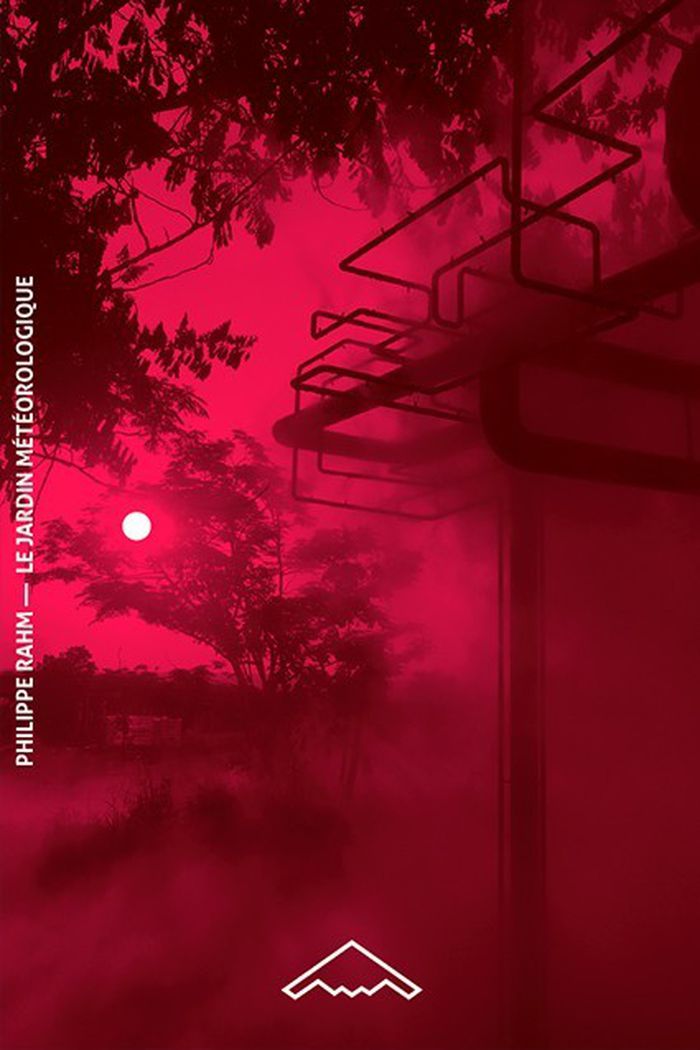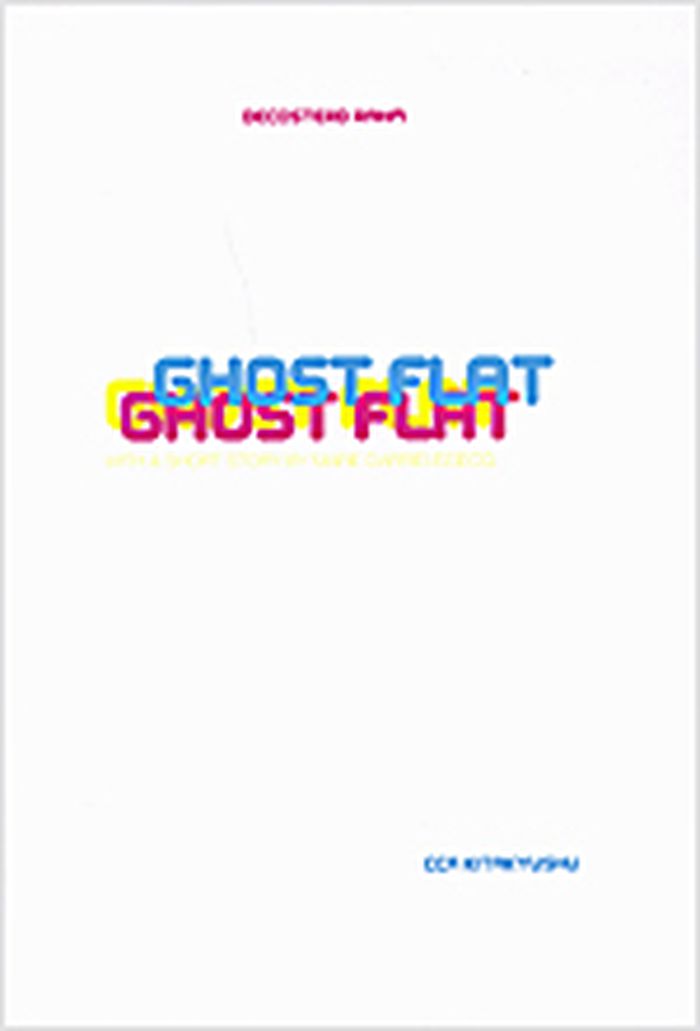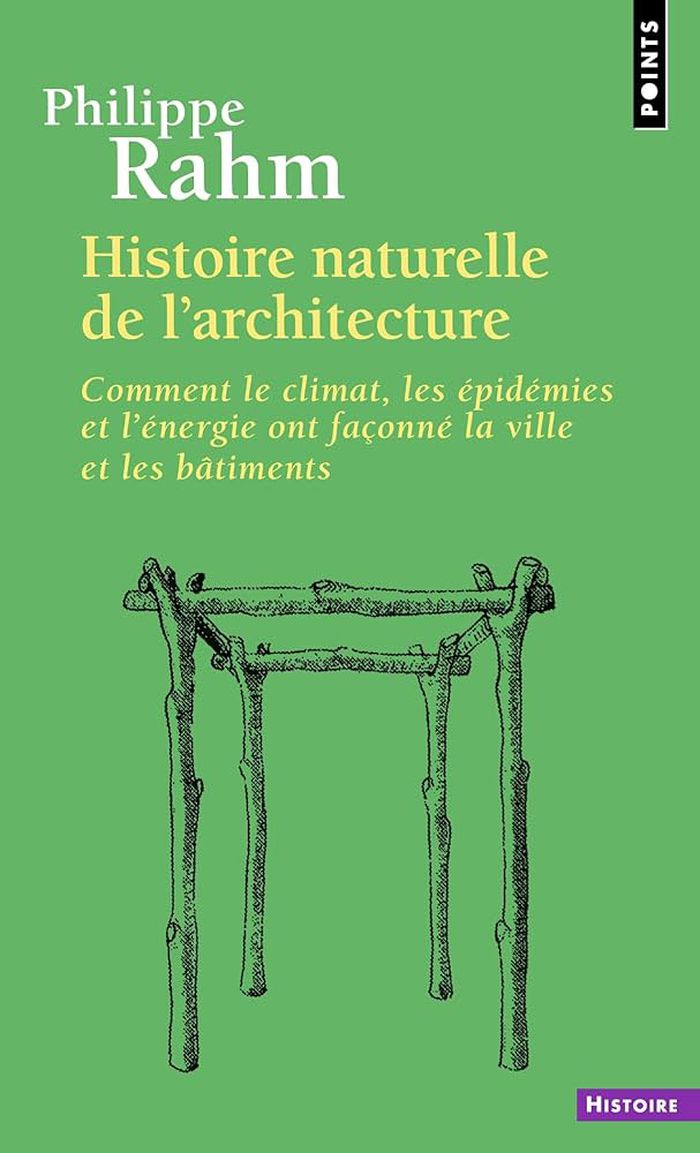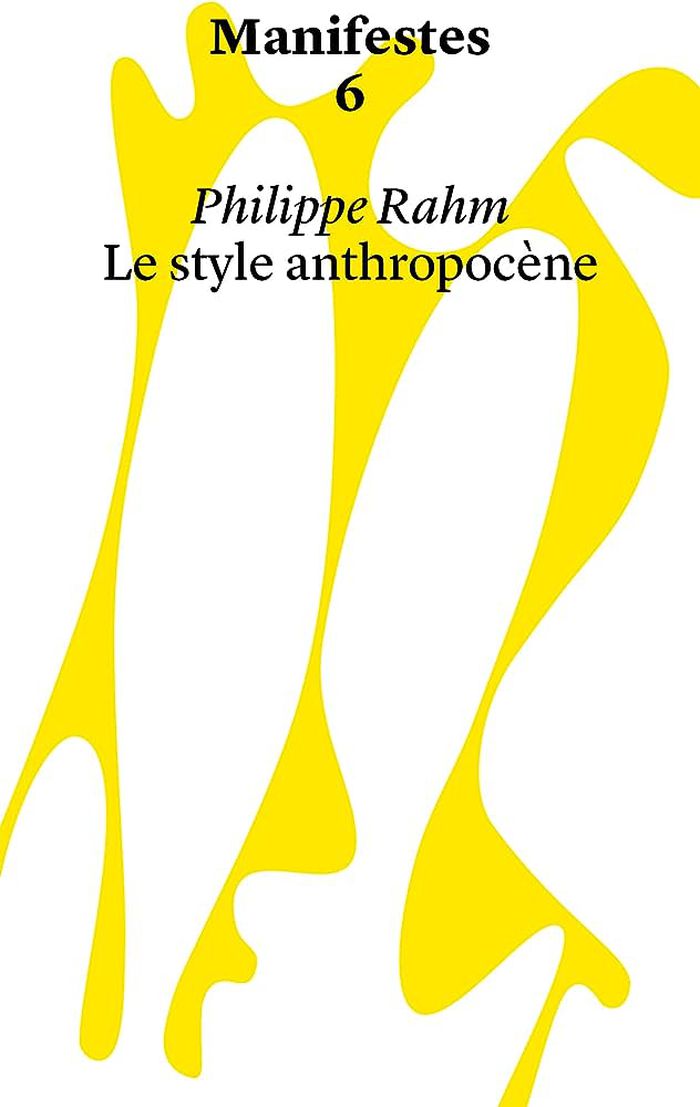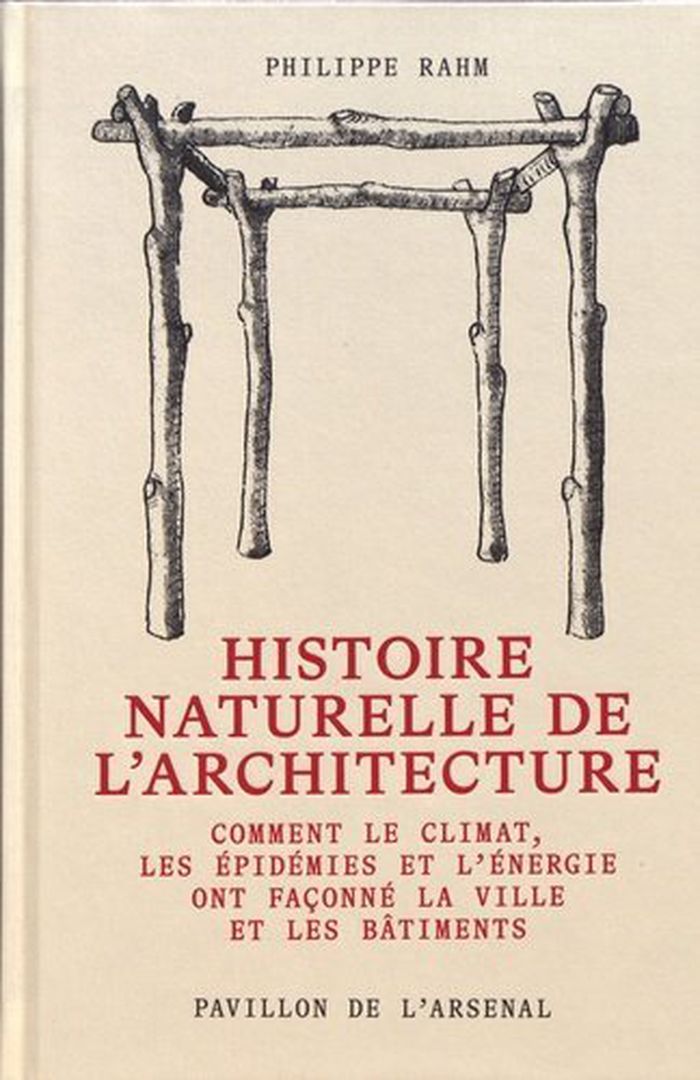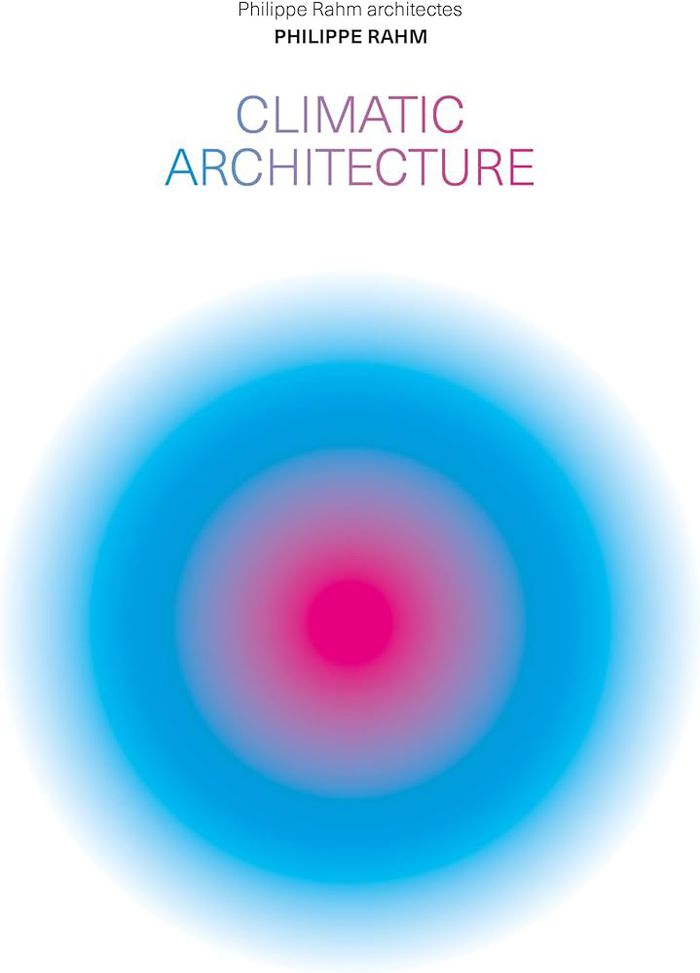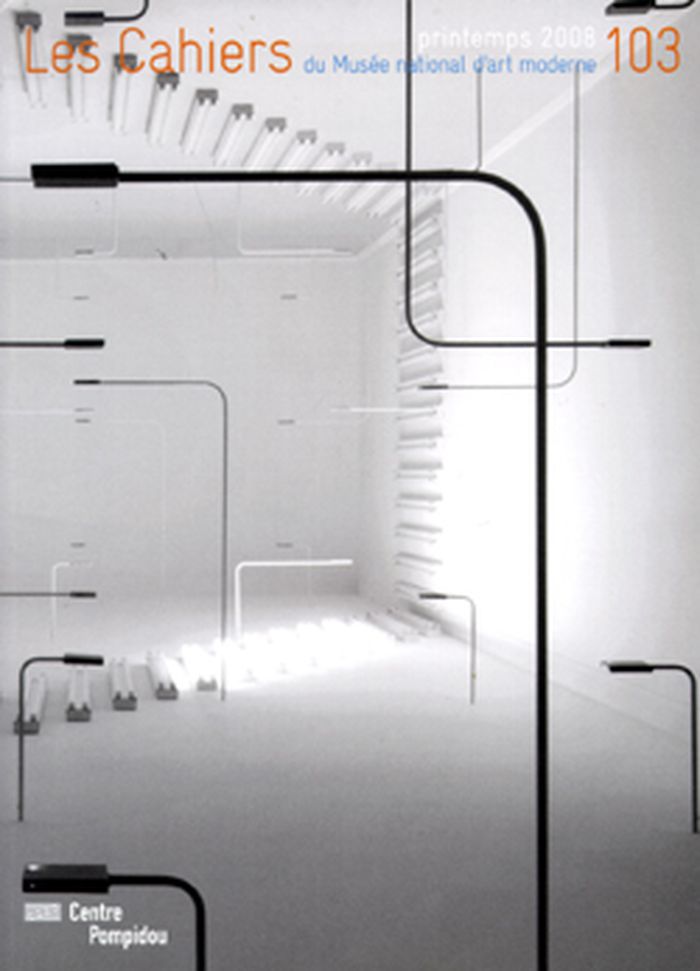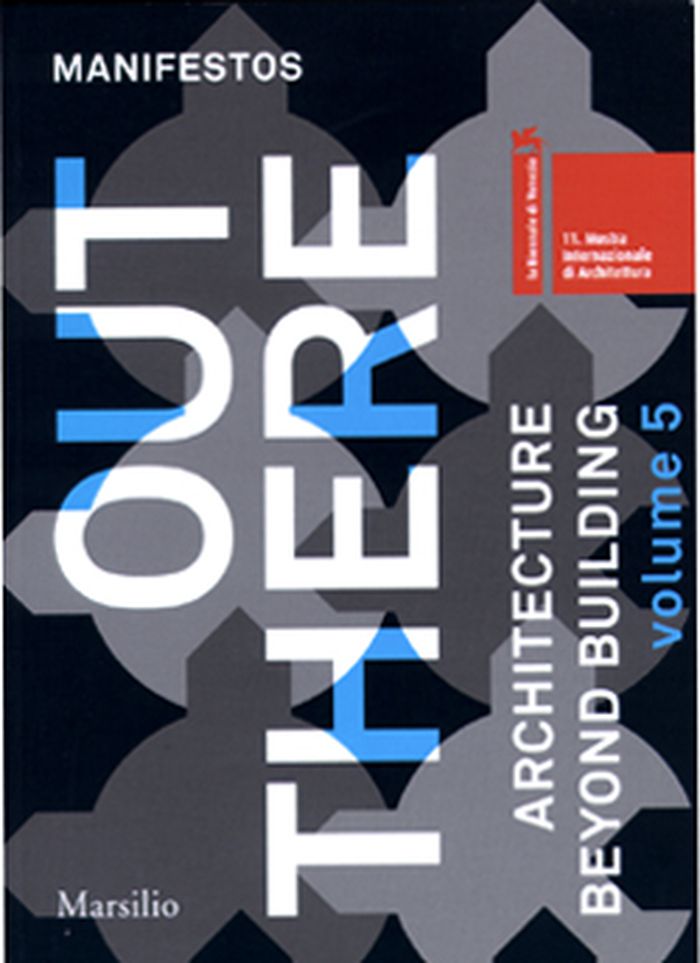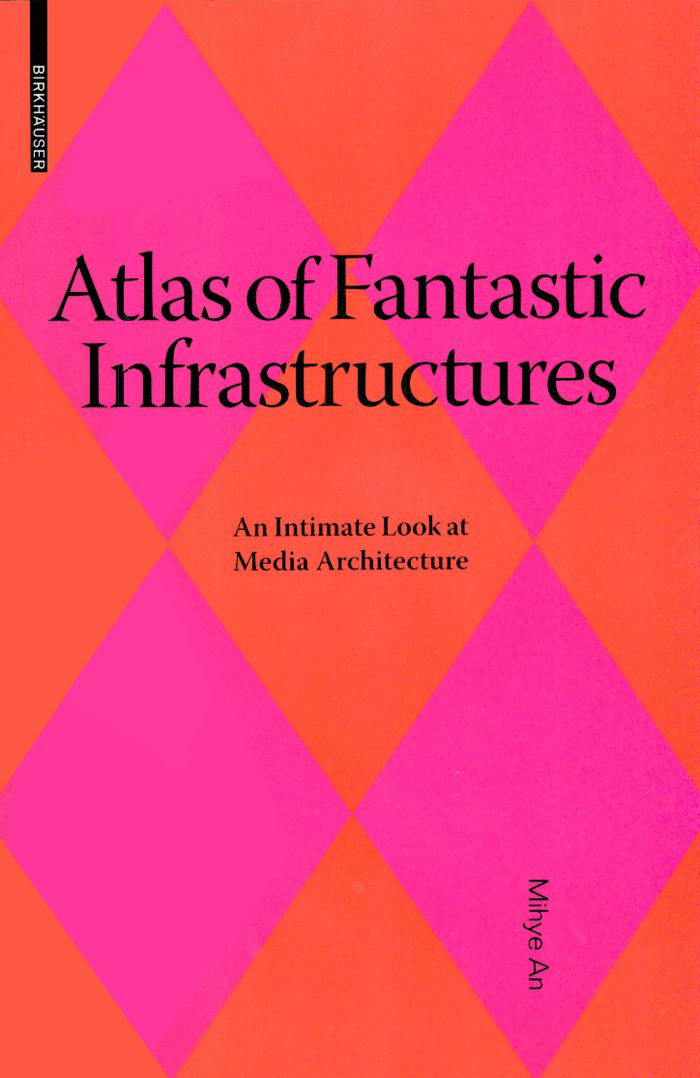$22.00
(available to order)
Summary:
L'architecture n'est peut-être rien d'autre que l'art de construire des climats : « corriger artificiellement ce que la nature a d’incommode », comme l'écrivait Vitruve. Pour Philippe Rahm, l'architecture existe parce que le climat naturel est le plus souvent inhospitalier au séjour des hommes : trop chaud ou trop froid ; trop sec ou trop humide ; trop sombre ou trop(...)
Le jardin métérologique et autres constructions climatiques
Actions:
Price:
$22.00
(available to order)
Summary:
L'architecture n'est peut-être rien d'autre que l'art de construire des climats : « corriger artificiellement ce que la nature a d’incommode », comme l'écrivait Vitruve. Pour Philippe Rahm, l'architecture existe parce que le climat naturel est le plus souvent inhospitalier au séjour des hommes : trop chaud ou trop froid ; trop sec ou trop humide ; trop sombre ou trop ensoleillé.L'architecture doit adoucir, intensifier, mitiger : réguler le climat naturel pour le rendre habitable. Le réchauffement climatique modifiera l'écologie urbaine mondiale : unparc de 67 hectares à Taïwan en constitue un prototype tropical. Sous forme de contes, « Jardin météorologique », « Extérieur atténué » ou « Gradation d'intériorité » nous montrent la voie...
Landscape Theory
$46.00
(available to order)
Summary:
The book contains an original short story of the French writer Marie Darrieussecq : "Ghost flat (a modern couple)". Including 38 3-D-color illustrations plus 3 filters to look at them (red, blue, yellow). 'In the common sense, architecture is basically a universe in three dimensions. Ghost flat is a project of living in unknown dimensions by amplifying the current(...)
Architecture Monographs
January 2005, Kitakyushu
Décosterd & Rahm : ghost flat
Actions:
Price:
$46.00
(available to order)
Summary:
The book contains an original short story of the French writer Marie Darrieussecq : "Ghost flat (a modern couple)". Including 38 3-D-color illustrations plus 3 filters to look at them (red, blue, yellow). 'In the common sense, architecture is basically a universe in three dimensions. Ghost flat is a project of living in unknown dimensions by amplifying the current spectrum of the sensible to reach new extents, dissimulated in the folds of time and space.'
Architecture Monographs
$24.95
(available in store)
Summary:
En quoi la nécessité pour l'être humain de maintenir la température du corps à 37 °C engendre-t-elle l'apparition de l'architecture ? Comment un simple grenier à blé devient-il la ville ? Pourquoi l'iode a-t-il provoqué l'urbanisation du littoral ?. Dans cet ouvrage, l'architecte Philippe Rahm met en lumière les causes physiques, biologiques, climatiques ou sanitaires qui(...)
Histoire naturelle de l'architecture : Comment le climat, les épidémies et l'énergie ont façonné la ville et les bâtiments
Actions:
Price:
$24.95
(available in store)
Summary:
En quoi la nécessité pour l'être humain de maintenir la température du corps à 37 °C engendre-t-elle l'apparition de l'architecture ? Comment un simple grenier à blé devient-il la ville ? Pourquoi l'iode a-t-il provoqué l'urbanisation du littoral ?. Dans cet ouvrage, l'architecte Philippe Rahm met en lumière les causes physiques, biologiques, climatiques ou sanitaires qui ont influencé l'histoire architecturale et provoqué le surgissement de ses diverses formes, de la préhistoire à nos jours. Relire l'histoire de l'architecture à partir de ces données naturelles longtemps ignorées par l'historiographie du XXe siècle permet d'affronter les défis environnementaux majeurs de notre siècle et de mieux construire dorénavant face à l'urgence climatique.
Architectural Theory
$29.95
(available in store)
Summary:
Ce manifeste, à la croisée de l’architecture, de l’esthétique et de l’ingénierie, appelle à réactiver le sens pratique de la décoration d'intérieur, tel qu’il existait avant le XXe siècle. Les fonctions climatiques des tapis, tapisseries, rideaux, miroirs ou paravents ont été oubliées avec la modernité. Ces objets ont été réduits à leur seule dimension symbolique par(...)
Manifestes 6 : Le style anthropocene
Actions:
Price:
$29.95
(available in store)
Summary:
Ce manifeste, à la croisée de l’architecture, de l’esthétique et de l’ingénierie, appelle à réactiver le sens pratique de la décoration d'intérieur, tel qu’il existait avant le XXe siècle. Les fonctions climatiques des tapis, tapisseries, rideaux, miroirs ou paravents ont été oubliées avec la modernité. Ces objets ont été réduits à leur seule dimension symbolique par l’efficacité des dispositifs énergivores de chauffage ou de climatisation. La nécessité de réduire aujourd’hui les émissions de CO2 et l’énergie consommée, ainsi que la lutte contre les canicules appellent à reprendre en compte la valeur thermique de l’art décoratif du passé, à repenser les modes d’aménagement intérieur, leurs configurations spatiales, formelles et matérielles dans une nouvelle optique de performance climatique : une esthétique décorative propre au XXIe siècle que nous proposons de nommer le « style anthropocène ».
Architectural Theory
$58.00
(available to order)
Summary:
ÉPUISÉ/NON AVAILABLE Cette publication met en lumière les causes naturelles, physiques, biologiques ou climatiques qui ont influencé le déroulé de l’histoire architecturale et provoqué le surgissement de ses figures, de la préhistoire à nos jours. Induite par un contexte d’accès massif et facile à l’énergie, celle du charbon puis du pétrole, et par les progrès de la(...)
Histoire naturelle de l'architecture : comment le climat, les épidémies et et l’énergie ont façonné la ville et les bâtiments
Actions:
Price:
$58.00
(available to order)
Summary:
ÉPUISÉ/NON AVAILABLE Cette publication met en lumière les causes naturelles, physiques, biologiques ou climatiques qui ont influencé le déroulé de l’histoire architecturale et provoqué le surgissement de ses figures, de la préhistoire à nos jours. Induite par un contexte d’accès massif et facile à l’énergie, celle du charbon puis du pétrole, et par les progrès de la médecine (avec l’invention des vaccins et des antibiotiques), l’historiographie politique, sociale et culturelle a, au XXe siècle, largement ignoré les faits physiques, géographiques, climatiques et bactériologiques qui ont façonné de façon décisive, à travers les siècles, les formes architecturales et urbaines. Relire l’histoire de l’architecture à partir de ces données objectives, matérielles, réelles permet d’affronter les défis environnementaux majeurs de notre siècle et de mieux construire, aujourd’hui, face à l’urgence climatique.
Architectural Theory
Climatic Architecture
$88.00
(available in store)
Summary:
Architecture and urbanism were traditionally based on climate and health, as we can read in the treatises of Vitruvius, Palladio or Alberti, where exposure to wind and sun, variations in temperature and humidity influenced the forms of cities and buildings. These fundamental causes of urban planning and buildings were ignored in the second half of the 20th century thanks(...)
Climatic Architecture
Actions:
Price:
$88.00
(available in store)
Summary:
Architecture and urbanism were traditionally based on climate and health, as we can read in the treatises of Vitruvius, Palladio or Alberti, where exposure to wind and sun, variations in temperature and humidity influenced the forms of cities and buildings. These fundamental causes of urban planning and buildings were ignored in the second half of the 20th century thanks to the enormous use of fossil energy by heating and air conditioning systems, pumps and refrigerators, that today cause the greenhouse effect and global warming. The fight against climate change forces architects and urban designers to take seriously the climatic issue in order to base their design on its the local climatic context and energy resources. Faced with the climatic challenge of the 21st century, we propose to reset our discipline on its intrinsic atmospheric qualities, where air, light, heat or humidity are recognized are real materials of building, convection, thermal conduction, evaporation, emissivity, or effusivity are becoming design tools for composing architecture and cities, and through materialism dialectic, are able to revolutionize esthetic and social values.
Architecture Monographs
books
Description:
332 pages : illustrations ; 23 cm
Brooklyn, NY : Wendy's Subway, 2025.
A grammar built with rocks / edited by Shoghig Halajian and Suzy Halajian.
Actions:
Holdings:
Description:
332 pages : illustrations ; 23 cm
books
Brooklyn, NY : Wendy's Subway, 2025.
$46.95
(available to order)
Summary:
Philippe Rahm & Alain Robbe-Grillet: Météorologie d'intérieur Christine Macel: Nouvelles temporalités dans l'architecture, entretien avec Philippe Rahm Olivier Lugon: La conférence, Parole, dessin et projection chez Le Corbusier Maria Stavrinaki: Dada inhumain; l'artiste et son milieu Éric Michaud: Portrait du juif en négateur de l'Incarnation
Les Cahiers du Musée national d'art moderne 103, printemps 2008
Actions:
Price:
$46.95
(available to order)
Summary:
Philippe Rahm & Alain Robbe-Grillet: Météorologie d'intérieur Christine Macel: Nouvelles temporalités dans l'architecture, entretien avec Philippe Rahm Olivier Lugon: La conférence, Parole, dessin et projection chez Le Corbusier Maria Stavrinaki: Dada inhumain; l'artiste et son milieu Éric Michaud: Portrait du juif en négateur de l'Incarnation
Contemporary Art Monographs
$29.00
(available to order)
Summary:
Exclusively available in single volumes at the CCA Bookstore. Atelier Bow-Wow / Aaron Betsky / Coop Himelb(l)au / Diller Scofidio + Renfro / Droog & Kesselskramer / Massimiliano Fuksas / Frank Gehry / Vincente Guallart / Greg Lynn / Winy Maas (MVRDV) / Philippe Rahm / Ben van Berkel, Caroline Bos (UNStudio) and more.
Out there: architecture beyond building, volume 5: manifestos. La Biennale di Venezia, 11. Mostra Internazionale die Architettura
Actions:
Price:
$29.00
(available to order)
Summary:
Exclusively available in single volumes at the CCA Bookstore. Atelier Bow-Wow / Aaron Betsky / Coop Himelb(l)au / Diller Scofidio + Renfro / Droog & Kesselskramer / Massimiliano Fuksas / Frank Gehry / Vincente Guallart / Greg Lynn / Winy Maas (MVRDV) / Philippe Rahm / Ben van Berkel, Caroline Bos (UNStudio) and more.
Architecture since 1900, Europe
$108.00
(available to order)
Summary:
This publiation deals with the characterization of architecture, media and digital infrastructure. In concret terms, it deals with materiality of buildings and the intangibility of data. The author examines building and projects by Toyo Ito, Philippe Rahm, Olafur Eliasson, Greg Lynn, MVRDV and others.
Atlas of fantastic infrastructures: an intimate look at media architecture
Actions:
Price:
$108.00
(available to order)
Summary:
This publiation deals with the characterization of architecture, media and digital infrastructure. In concret terms, it deals with materiality of buildings and the intangibility of data. The author examines building and projects by Toyo Ito, Philippe Rahm, Olafur Eliasson, Greg Lynn, MVRDV and others.
Contemporary Architecture
